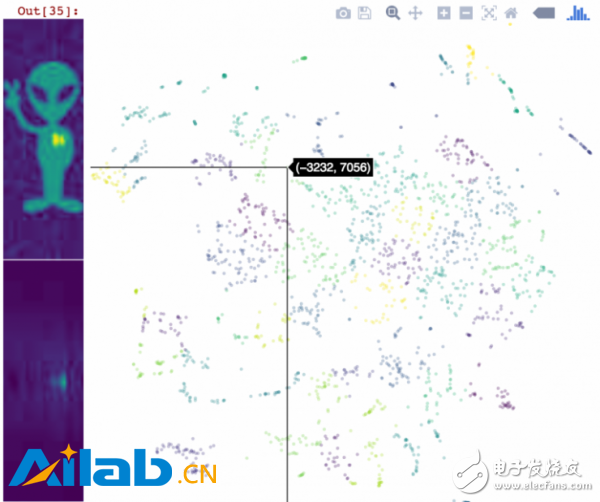If cloud computing became a reality in 1982, ET in the sci-fi movie Alien ET might return to its own planet faster. For those young people who don't know much about it, ET is a lovely alien in the same movie – because the botanist companions in the same place left in a hurry, he was accidentally left on the earth. In the end, ET was discovered by local children in a tool room. The children used a meditation machine, an aluminum foil-lined umbrella, and a coffee pot filled with electrodes to send long-range back-swing waves, which ultimately helped him reach out to his family.
The above is just the situation more than thirty years ago. Today, with robot learning and cloud computing technology, can we use advanced technology to find aliens? The answer is: yes.
Just last week at the High Performance Computing Center in East London, IBM Research scientist Francios Luus from the South African headquarters hosted a deep learning environment and autonomous machine learning conference, which lasted three hours.
Luus introduced twelve participants in the IBM Bluemix Spark project, which will analyze compressed data based on the 6 million signal samples collected by the Allen Telescope array. The Allen Telescope array was originally designed to efficiently perform multiple alien studies simultaneously at centimeter wavelengths. Participants' goal is to find anomalous data about extraterrestrial life through a combination of Spark and machine learning techniques.
“It’s more exciting to think about machine learning than if we might find extraterrestrial life elsewhere,†Luus said.

“It’s too much to deal with this data alone, so we allow anyone to visit. We will introduce you to the application of deep learning techniques in response to challenges at the seminar – it will help participants discover similar life-related It’s just too exciting to visualize and visualize anomalous data values."
We're just trying to combine IBM and a portion of the SETI InsTItute Institute in Mountain View, California, and use IBM's storage services and IBM's Bluemix Spark service to analyze the vast array of radio telescope data they've collected over the past few years.
The team has built a system based on the IBM cloud and Github that provides raw data to the public, along with some accessibility tools to view Github's existing data.
Luus very much hopes that this work will be recognized by everyone. “Machine learning can find any abnormal data that the SETI team missed. This is not a human-machine confrontation. This is the assistance work between man and machine, and perhaps the addition of aliens.â€
Hdmi Cables,Hdmi Cord,Micro Hdmi Cable,Extra Long Hdmi Cable
UCOAX , https://www.jsucoax.com